Outdoor public spaces with commercial charcoal grills give communities wonderful opportunities to come together for dining and special events. Unfortunately, many standard park grill designs make these experiences difficult or impossible for people with certain disabilities. By selecting ADA-compliant park grills specially crafted for accessibility, public venues can ensure all visitors get to participate in beloved traditions like weekend barbecues, camping meals, family reunions, and more.
What Makes a Grill ADA-Compliant?
For a park grill to meet ADA (Americans with Disabilities Act) standards, it must include certain design elements that make grilling possible for those with physical limitations or using mobility aids. Specifically, compliant grills address barriers posed by things like hot surfaces, narrow openings, and unstable bases that would otherwise hinder grillers with disabilities.
An ADA-compliant public grill must have:
Appropriate Clear Floor Space
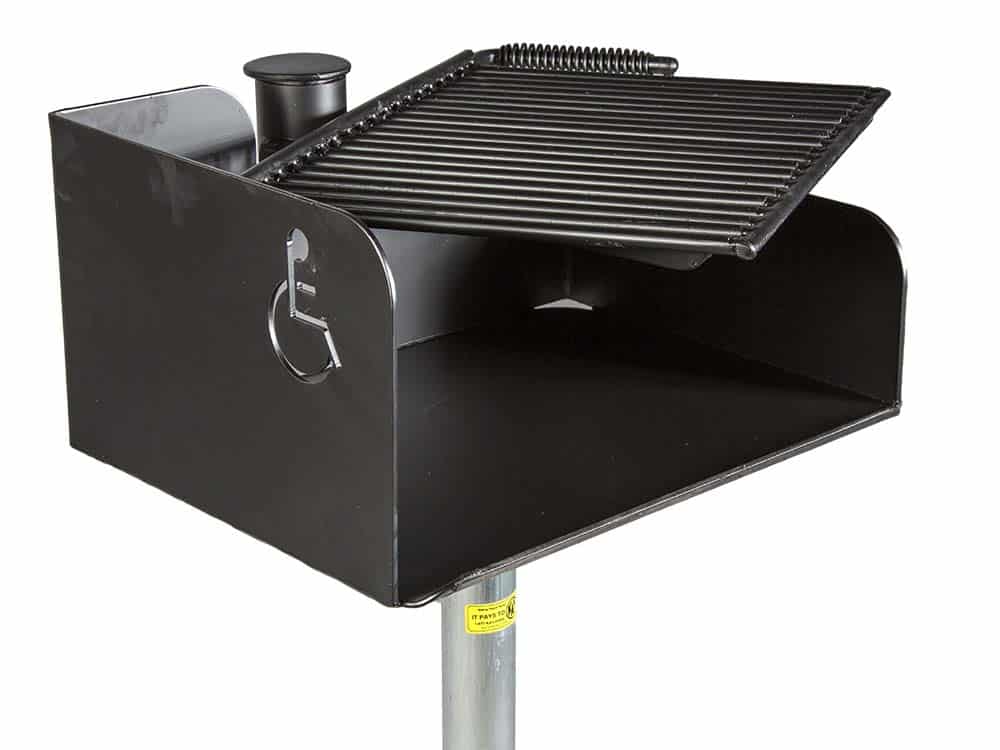
ADA guidelines require at least 30” x 48” of clear, level ground space in front of the grill for wheelchair users to maneuver and access cooking surfaces comfortably. This space should connect directly to an accessible route through the area.
Accessible Controls & Operating Mechanisms
All knobs, handles, and controls involved in lighting, adjusting temperature, raising or lowering grates, opening lids, or any other aspect of operating the barbecue grill must be placed no higher than 48” above ground level to ensure easy reach for wheelchair users. This allows them to maneuver close enough to safely manipulate all grill functionality without having to stretch or strain from their seated height. The 48” height maximum aligns with ADA specifications for unobstructed forward reach from a standard wheelchair height. All control mechanisms should also be operable with closed fists or limited dexterity without requiring tight grasping, pinching, or twisting of the wrist.
Stable & Fixed Grill Base
The base framework holding up the grill must be permanently installed in-ground on a hard, paved surface rather than left freestanding. This provides critically important stability, ensuring the grill does not risk shifting, wobbling back and forth, or tipping over underweight shifts when a user leans on it. Permanent mounting prevents any chance of hazardous or sudden foundation movements that could injure guests or upend wheelchairs.
The stability also provides reassurance for users relying on sturdy support transfers. For safety, the base should be mounted into concrete and utilize hardware specifically rated for the grill’s substantial weight. Soft loose-packed dirt, sand, or gravel surfaces are unsuitable for installation.
Adequate Knee & Toe Clearance Space
In alignment with ADA standards, there should be a minimum of 27 vertical inches of open, unobstructed space underneath the grill base. This enables a wheelchair user to easily pull straight up for improved access to the grill without smacking their knees into lower horizontal supports.
Plus, having adequate depth space is crucial so the grill does not block extending wheelchair footrests. An additional recommended 9 inches should extend deeper underneath for sufficient toe clearance and comfort based on individual leg length and recline settings. Without ample room for knees and toes underneath, wheelchair users would have immense difficulty situating themselves close enough to safely use a public grill.
Raised/Adjustable Cooking Surface Height
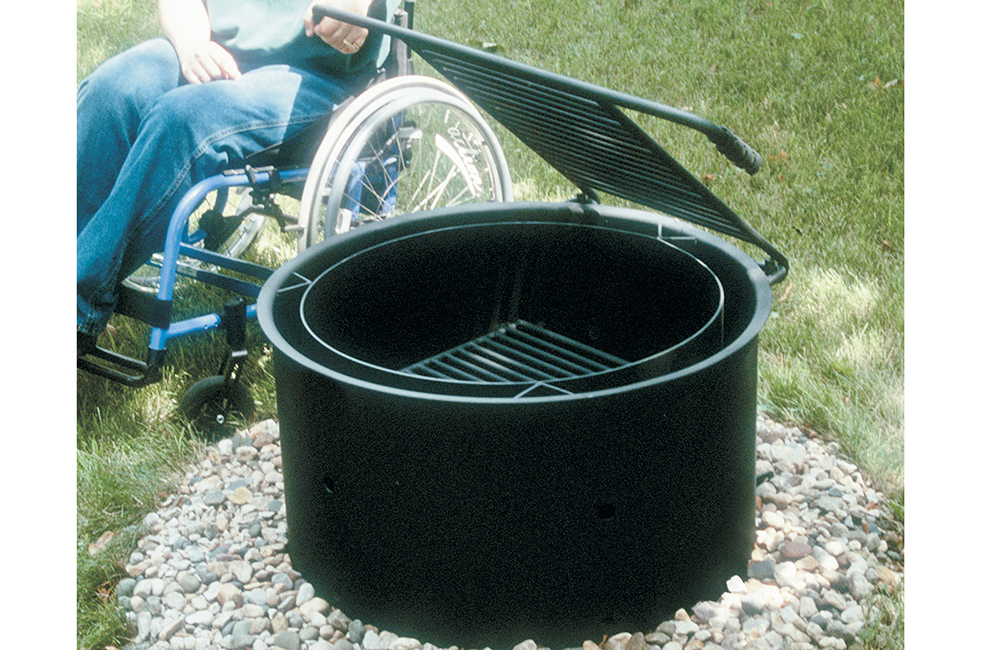
Ideally, the cooking surface should adjust from 28-34” above the ground to enable comfortable grilling from a seated position. Built-in height adjusters offer flexibility. For maximum maneuverability, opt for a rotating cantilever park grill that swivels a full 360 degrees. When the grill rotates, it allows wheelchair users to easily access it from any angle rather than having to circle a stationary grill to reach the different sides.
No Sharp Elements/Pinch Points
All grill parts and mechanisms should have rounded edges. There should be no abrasive surfaces or gaps/openings where hands or limbs could get caught or pinched. Sharp corners and jagged metals could cause serious cuts and lacerations if accidentally brushed against during transfers or shifts in position.
Easy Handling
Another facet of ADA grill compliance involves providing design elements enabling safer and easier handling of grills for those with limited dexterity or strength. For example, seek grills with thoughtfully engineered coil handles on the grates rather than thin rods prone to heating up fast. The coil shape provides a secure grip without straining fingers trying to hook around hot rods. This allows users to raise, lower, and move grates more confidently.
Temp-Regulating Features
Design aspects like adjustable grates, smoke vents, and chimney flues, allow users to better control grill heating from a safe distance without having to reach across dangerous open flames. This is especially valuable for wheelchair users wanting to avoid burn risks from accidentally making contact with the fire when reaching inward. Controlled temperature regulation also prevents sudden flare-ups.
Nearby Accessible Seating
Having ADA-compliant accessible picnic tables located directly next to the grilling area gives wheelchair users an easily reachable spot to place grilling tools and platters for transporting food. The hard and smooth table top also provides stable support for temporarily setting down important items when transferring cooked items from the grill to the plate. Without nearby seating options, the grilling process becomes exponentially more challenging and risky for disabled guests.
CTA: Learn more about maximizing park grill functionality.
Choosing the Right Location
Installing an accessible grill isn’t helpful if the spaces around it prevent wheelchair access. Be thoughtful about site selection. The grill should connect directly to a paved path wide enough for wheelchairs so patrons don’t have to navigate grass or uneven terrain.
Avoid squeeze points between other site furnishings. Make sure there’s adequate turn radius space for multiple wheelchairs to congregate around the grill. The grill’s orientation should allow smoke and heat to dissipate away from seating areas and accessible routes.
Consider proximity to other amenities like trash receptacles, sinks, shelters, and parking lots based on typical grilling traffic flow. Mark the required ADA-clear floor space with painted boundaries. ADA sites should enable natural social integration — not just be relegated to some under-used back corner.
Other Key Accessibility Considerations
In addition to ADA-compliant grills themselves, managers must address other facets for full accessibility.
- Adequate Accessible Seating: Provide enough accessible picnic tables and kids picnic tables near grills to accommodate groups, including non-ambulatory visitors so everyone can dine together. Clustering two tables allows large parties to face one another for socializing.
- Effective Wayfinding Signage: Post highly visible signs along accessible paths directing people to grilling stations so they know which direction to go. Update maps to highlight the latest accessibility upgrades, like new ADA grills.
- Extra Wide Access Roads: Construct at least 5-foot wide paved roads and sidewalks leading directly up to accessible grilling zones from parking areas. This eases navigation for motorized wheelchairs.
Prioritizing full infrastructure enhancements ensures your ADA grilling investment returns maximum benefits in terms of safety, comfort, and fair access for the entire community. Consider every level of potential improvement to transform public spaces into places where all people truly feel welcomed.
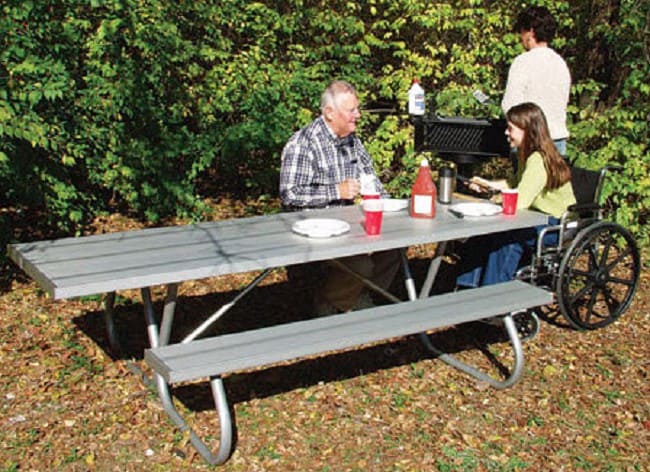
Choosing Accessible Grill Add-Ons
The grill itself isn’t the only consideration when creating an accessible site. Creating parks with accessible grill stations and suitable accessories enhances efficiency and meets support needs.
Lockable Storage Cabinet
A sturdy adjacent storage cabinet offers secured space to keep grilling necessities like utensils, marinades, oven mitts, foil, and cleaning supplies organized and at arm’s reach. Mount it at an accessible height and ensure adequate clearance space in front.
Trash & Recycling Containers
Lidded waste bins located adjacent to grills encourage proper disposal of used cooking items like grease cups, hot pads, corn cobs, and sauce packets. Separate recycling bins save staff labor. Be sure to anchor the bins in place to prevent them from tipping over or being vandalized.
Adjustable Grilling Prep Tables
Height-adjustable food prep tables allow each guest to find comfortable cooking positions based on their needs, keeping ingredients nearby and minimizing continuous bending. They’re fantastic and essential grill complements.
Reserved ADA Parking Spaces
Ensure enough extra-wide ADA parking spaces are available closest to grilling sites. This way, people with mobility limitations won’t have far to travel over to the barbecue. This greatly enhances accessibility.
ADA Grilling Guides & Signage
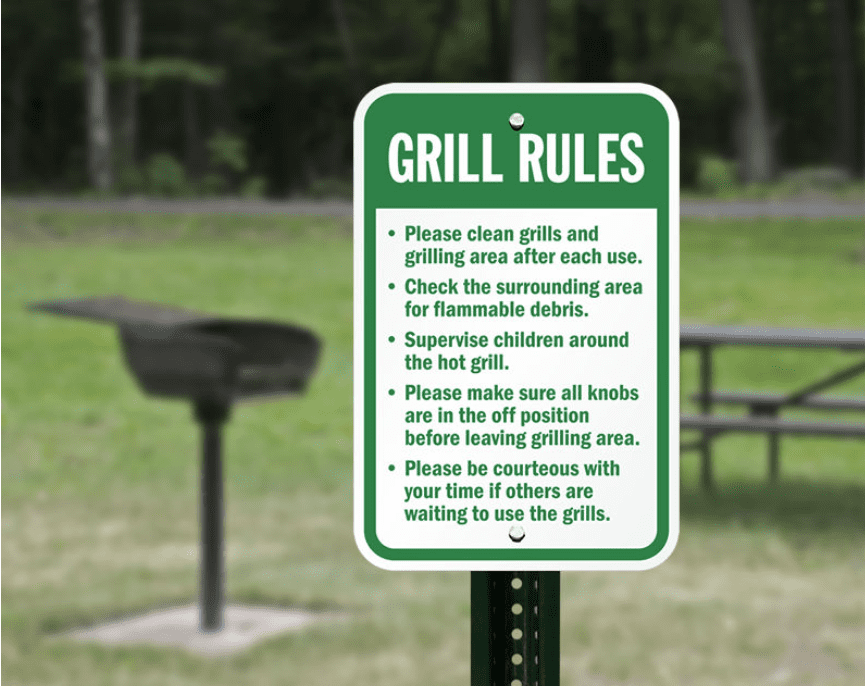
Placing clear ADA grilling instructions and accessibility icons near park grills indicates to the community and visitors that all are welcome to use them.
Guide signs should cover relevant rules, etiquette, safety precautions, proper usage protocols, maintenance duties, etc. If there are any site-specific regulations, list those. Use multiple signs as needed and space them along accessible paths leading right up to the grill.
Signage helps set expectations and showcases the venue’s commitment to accommodations. It also keeps usage consistent with ADA standards so these special resources fully benefit those who rely on them. Otherwise, grills may get misused in ways that limit accessibility. Easy-to-understand graphics allow non-English speakers to understand key messages too.
Benefits of Accessible Grilling Spaces
Making outdoor public grilling facilities disability-friendly impacts communities in profoundly positive ways:
- Fosters Togetherness: When parks eliminate physical barriers around grilling, previously excluded groups finally get to participate shoulder-to-shoulder with neighbors at community meals. More residents enjoy feeling part of the fabric of communal life.
- Enables Independence: Accessible grills allow people with disabilities to cook outdoors and socially connect without needing assistance from companions. Self-sufficiency promotes confidence.
- Provides Fairness: Inclusive park design demonstrates that all people deserve equal access to public amenities. Prioritizing accessibility for grilling signals support.
- Builds Safety: Engineered ADA-compliant grills specifically help wheelchair users avoid burn risks from accidental contact with open flames or grease splatter by providing more control over the grilling process.
- Creates Tradition: Gathering around the grill for barbecue, picnics, and fire-cooked meals are time-honored summer traditions that enable groups to bond while dining. Accessibility shouldn’t exclude anyone from participating.
Grilling up summer fun surrounded by friends and family should be open to everybody. Thoughtfully designed ADA-compliant park grills help remove limitations that have long prevented some community members from fully engaging. Public venues focused on nurturing an inclusive culture make sure to provide infrastructural support enabling all kinds of people to participate and thrive together.
Enhance Accessibility With Picnic Furniture ADA-Compliant Park Grills
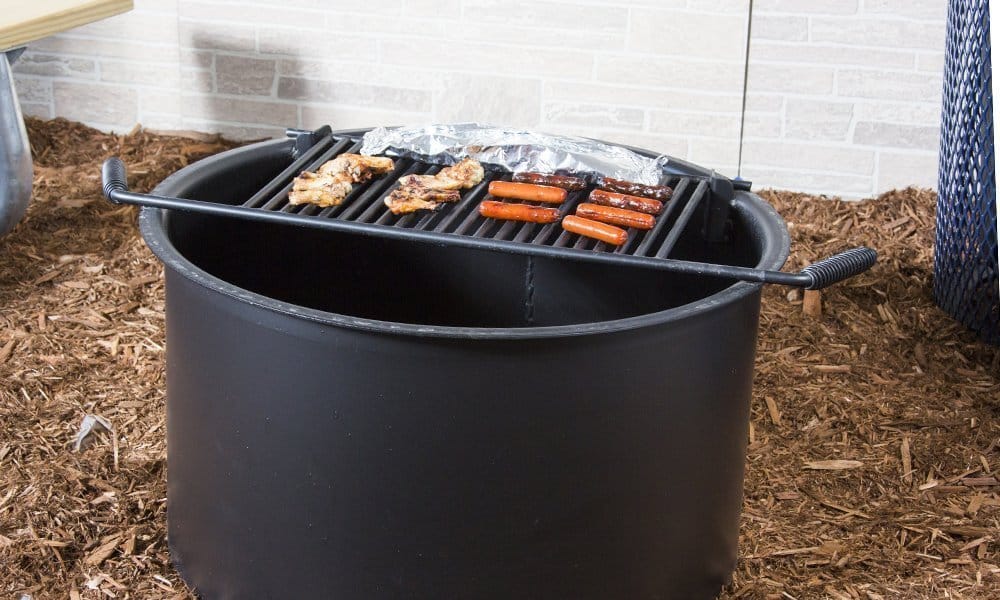
Here at Picnic Furniture, we truly understand the importance of durable, carefully designed park grills engineered specifically for ADA compliance. As a leading supplier of commercial-grade outdoor furnishings, we offer parks, apartment complexes, campgrounds, and other outdoor venues unparalleled variety when selecting versatile, made-in-America grills ideal for fostering neighborhood inclusion.
Built by hand domestically from thicker gauge metals that outlast imported alternatives, our ADA grills combine sturdy stability, wheelchair-accessible clearances, adjustable cooking grate heights, plus reliable ventilation. These carefully crafted features give all community members – regardless of physical ability – the independence to safely participate in cherished summertime traditions like grilling delicious barbecue atop the same park gems enjoyed by generations.
We guarantee quality construction that withstands constant public use. Upgrading to our ADA grills demonstrates sound stewardship focused on nurturing welcoming places where everyone feels valued.
FAQs
What are the ADA requirements for park grills?
The ADA requires park grills to have at least 30” x 48” of clear floor space in front, knee clearance of at least 27”, adjustable cooking surfaces between 28-34” high, accessible controls under 48” high, stable permanent bases, no sharp edges/pinch points, and temperature control features for safety.
Should public park grills be cemented into the ground?
Yes, ADA guidelines state park grills must have permanent and stable bases cemented into the ground to prevent shifting or posing tripping hazards. Grills cannot wobble or risk tipping over.
Do park grills need to accommodate wheelchairs?
Absolutely. As public amenities, park grills are legally required under the ADA to provide fair and equal access to those with disabilities. For park grills, this includes appropriate clear floor space, adjustable cooking heights, stable bases, and other accessibility features enabling independent use by visitors with mobility disabilities and wheelchair users.
How do you make park grills wheelchair accessible?
Key grill features for wheelchair access include adjustable heights between 28-34", at least 30" x 48" of clear ground space, 27" minimum knee clearance, accessible controls under 48", non-slip stable cement bases, rounded safety edges, ventilation controls, and a location along an accessible route.




















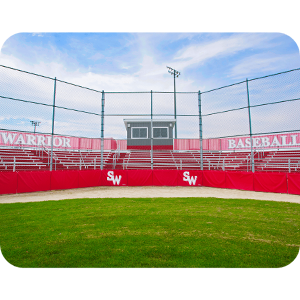
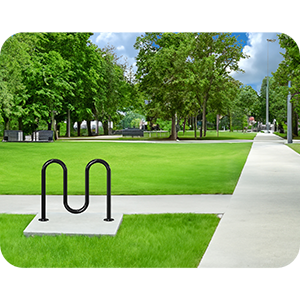
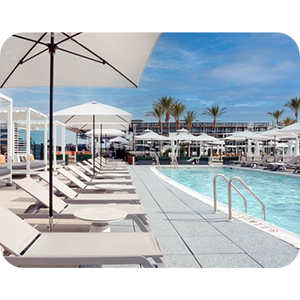
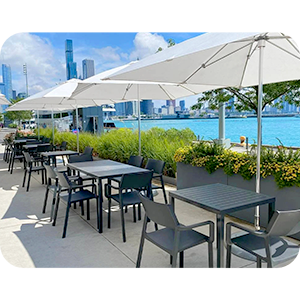
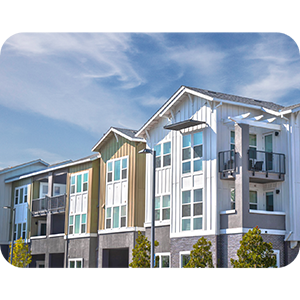
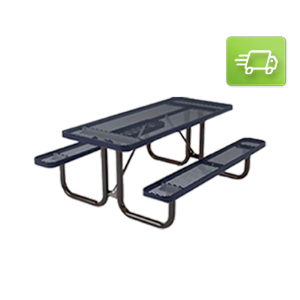
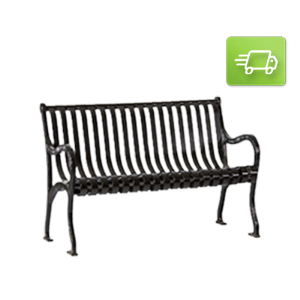
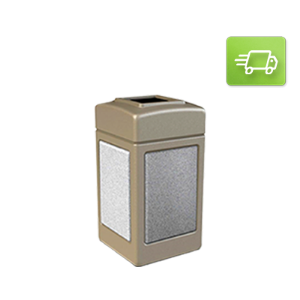
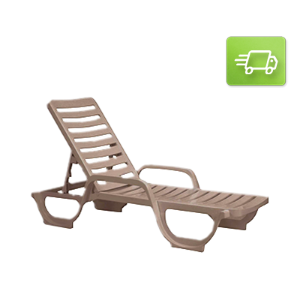
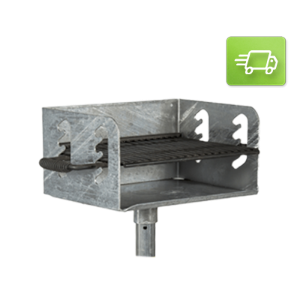
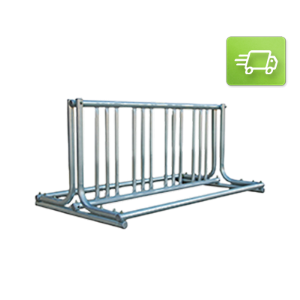

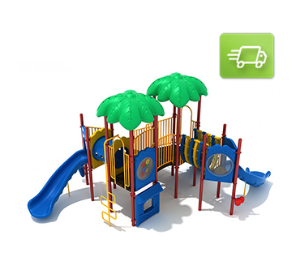

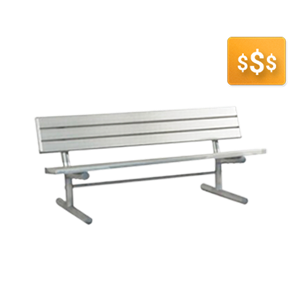
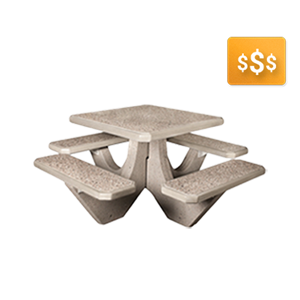


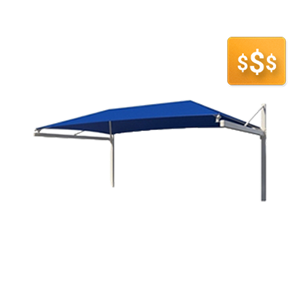
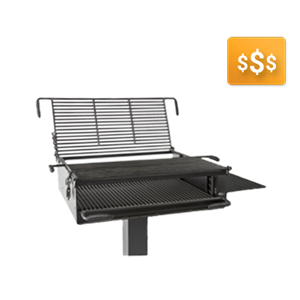
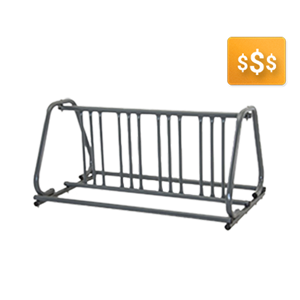







Leave your comment